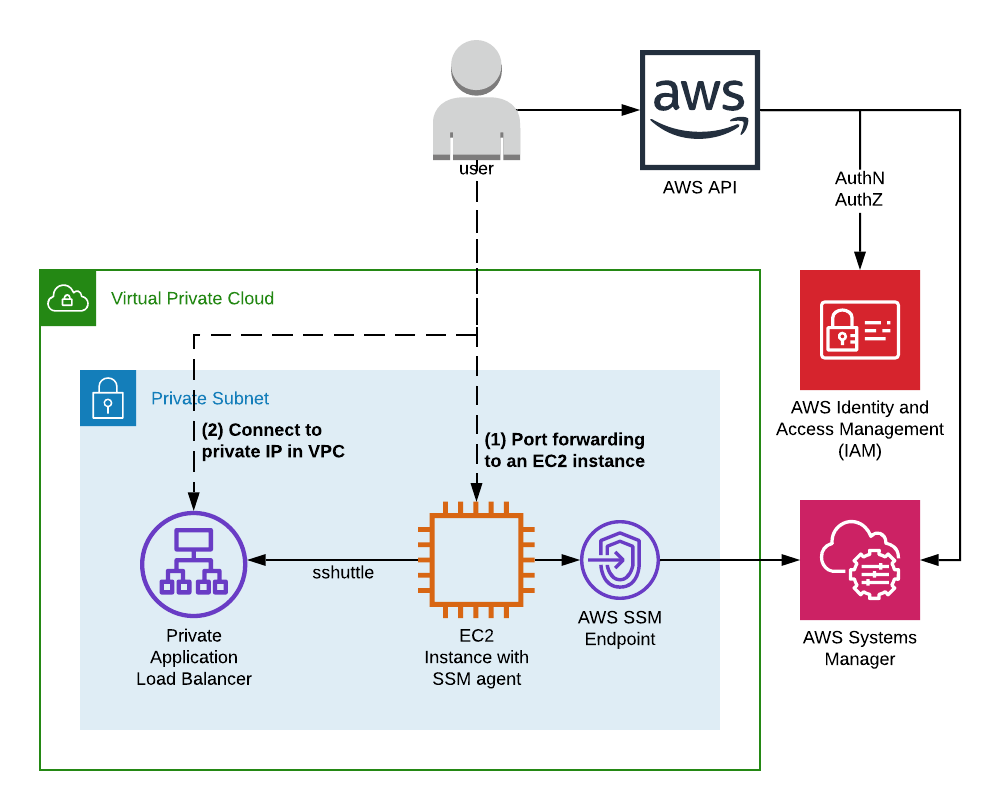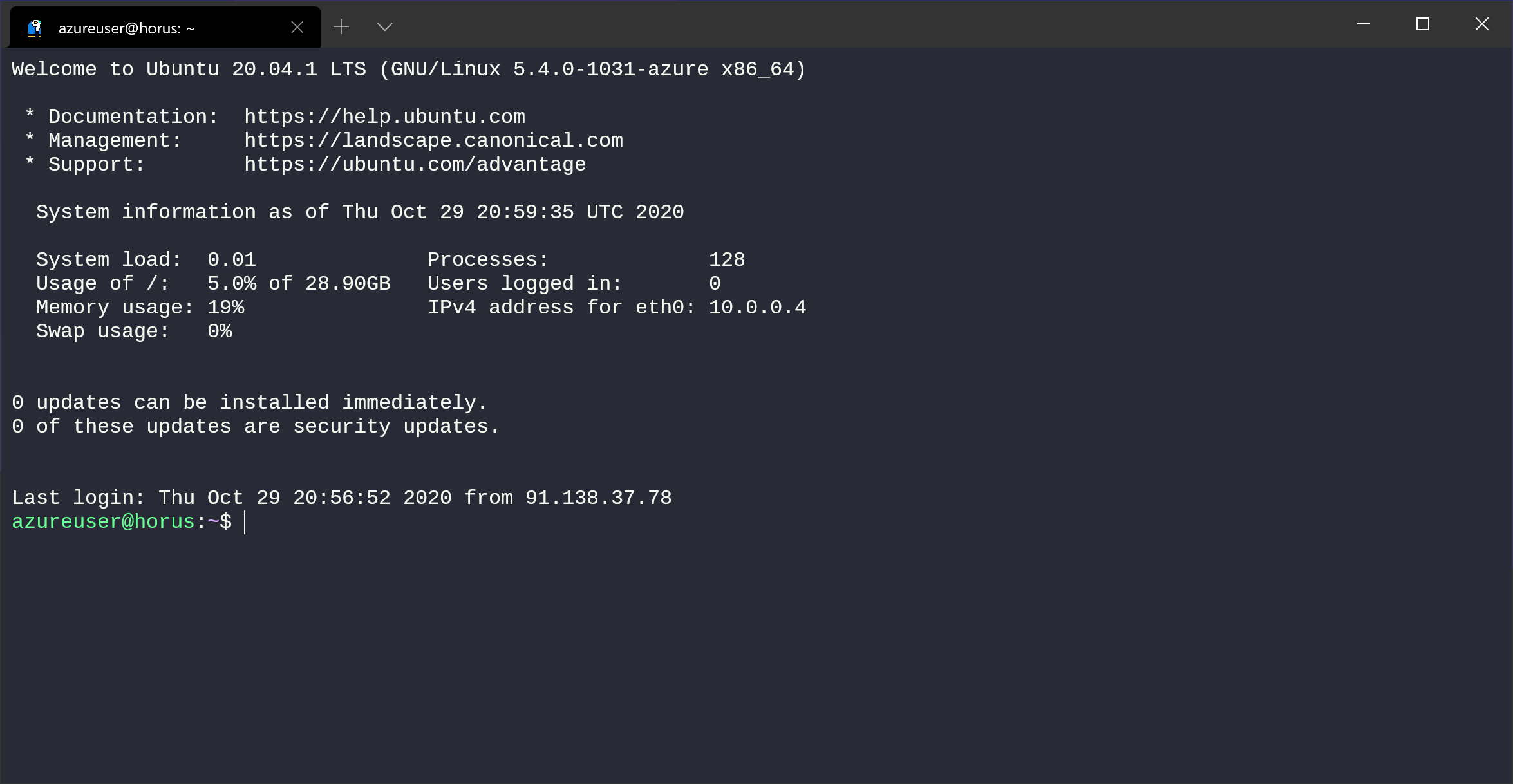In the rapidly evolving world of cloud computing, RemoteIoT VPC SSH has become a critical component for secure network access and management. Whether you're managing IoT devices or ensuring secure connections within a virtual private cloud (VPC), understanding SSH is essential. This guide will delve into the intricacies of RemoteIoT VPC SSH, helping you optimize security and efficiency in your operations.
As technology continues to advance, more organizations are adopting cloud-based solutions to manage their IoT infrastructure. One of the most effective ways to secure these systems is through the use of SSH (Secure Shell) protocols. RemoteIoT VPC SSH ensures that all communications between devices and networks remain encrypted and protected from unauthorized access.
This article is designed to provide a detailed overview of RemoteIoT VPC SSH, including its benefits, implementation strategies, and best practices. Whether you're a beginner or an experienced IT professional, you'll find valuable insights to enhance your knowledge and improve your network's security.
Read also:Lore Friendly Cars In Fivem The Ultimate Guide
Table of Contents
- Introduction to RemoteIoT VPC SSH
- Understanding Virtual Private Cloud (VPC)
- What is SSH and Its Importance?
- Benefits of RemoteIoT VPC SSH
- Implementation Steps for RemoteIoT VPC SSH
- Best Practices for Securing RemoteIoT VPC SSH
- Troubleshooting Common Issues
- Integrating RemoteIoT VPC SSH with Other Tools
- Case Studies of Successful Implementation
- Future Trends in RemoteIoT VPC SSH
Introduction to RemoteIoT VPC SSH
RemoteIoT VPC SSH refers to the use of Secure Shell protocols within a Virtual Private Cloud (VPC) environment to manage and secure IoT devices. This technology allows users to establish encrypted connections between remote devices and servers, ensuring data integrity and confidentiality.
In today's interconnected world, where IoT devices are increasingly being deployed across various industries, securing these devices is paramount. RemoteIoT VPC SSH provides a robust solution for managing IoT infrastructure while maintaining the highest levels of security.
Key Features of RemoteIoT VPC SSH
- Encrypted communication channels
- Authentication mechanisms for secure access
- Scalability to accommodate growing IoT networks
- Integration capabilities with cloud services
Understanding Virtual Private Cloud (VPC)
A Virtual Private Cloud (VPC) is a private network within a cloud environment that provides isolated and secure access to cloud resources. By leveraging VPC, organizations can create custom network configurations tailored to their specific needs.
Benefits of Using VPC
- Enhanced security through isolation
- Flexible network configurations
- Improved performance and reliability
- Cost-effective resource management
What is SSH and Its Importance?
SSH, or Secure Shell, is a cryptographic network protocol used for secure communication over unsecured networks. It provides a secure channel for data transfer, remote command execution, and file management.
Read also:Comprehensive Guide To Funeral Services In De Soto Mo
Why SSH Matters in IoT
- Protects sensitive data from unauthorized access
- Facilitates secure remote management of IoT devices
- Ensures compliance with industry standards and regulations
Benefits of RemoteIoT VPC SSH
Implementing RemoteIoT VPC SSH offers numerous advantages for organizations managing IoT infrastructure. These benefits include:
1. Enhanced Security
By encrypting all communications, RemoteIoT VPC SSH minimizes the risk of data breaches and cyberattacks.
2. Scalability
As IoT networks grow, RemoteIoT VPC SSH can easily scale to accommodate additional devices and users without compromising performance.
3. Cost Efficiency
Using cloud-based solutions like VPC reduces the need for expensive hardware investments, making it a cost-effective option for businesses of all sizes.
Implementation Steps for RemoteIoT VPC SSH
Setting up RemoteIoT VPC SSH involves several key steps:
Step 1: Configure VPC Settings
Begin by configuring your VPC settings to ensure proper isolation and security for your IoT devices.
Step 2: Install SSH Server
Install and configure an SSH server on your IoT devices to enable secure remote access.
Step 3: Establish SSH Keys
Create SSH keys for authentication purposes, ensuring only authorized users can access your network.
Best Practices for Securing RemoteIoT VPC SSH
To maximize the security of your RemoteIoT VPC SSH setup, follow these best practices:
1. Use Strong Passwords
Ensure all users have strong, complex passwords to prevent unauthorized access.
2. Regularly Update Software
Keep all software and firmware up to date to protect against known vulnerabilities.
3. Monitor Network Activity
Implement monitoring tools to detect and respond to suspicious activities promptly.
Troubleshooting Common Issues
While RemoteIoT VPC SSH is a powerful tool, issues may arise during implementation or operation. Below are some common problems and their solutions:
Problem 1: Connection Failures
Solution: Check firewall settings and ensure SSH ports are open.
Problem 2: Authentication Errors
Solution: Verify SSH keys and ensure proper configuration.
Integrating RemoteIoT VPC SSH with Other Tools
For optimal performance, RemoteIoT VPC SSH can be integrated with various tools and platforms. Some popular integrations include:
1. Cloud Service Providers
Integrate with cloud providers like AWS, Azure, or Google Cloud for seamless management of IoT devices.
2. Network Monitoring Tools
Use tools like Nagios or Zabbix to monitor network performance and security.
Case Studies of Successful Implementation
Case Study 1: Smart Manufacturing Plant
A manufacturing plant implemented RemoteIoT VPC SSH to manage its IoT-enabled machinery. The result was improved operational efficiency and enhanced security.
Case Study 2: Smart City Initiative
A city government used RemoteIoT VPC SSH to secure its smart city infrastructure, ensuring reliable and secure communication between devices.
Future Trends in RemoteIoT VPC SSH
As technology continues to evolve, several trends are expected to shape the future of RemoteIoT VPC SSH:
1. Increased Automation
Automation will play a larger role in managing IoT networks, reducing the need for manual intervention.
2. Enhanced Security Protocols
New security protocols will be developed to address emerging threats and vulnerabilities.
Conclusion
RemoteIoT VPC SSH is a powerful tool for securing IoT networks and managing remote devices. By understanding its features, benefits, and implementation strategies, organizations can enhance their network security and efficiency. We encourage you to explore this technology further and consider implementing it in your operations.
We invite you to share your thoughts and experiences with RemoteIoT VPC SSH in the comments section below. Additionally, feel free to explore other articles on our site for more insights into cloud computing and IoT security.


